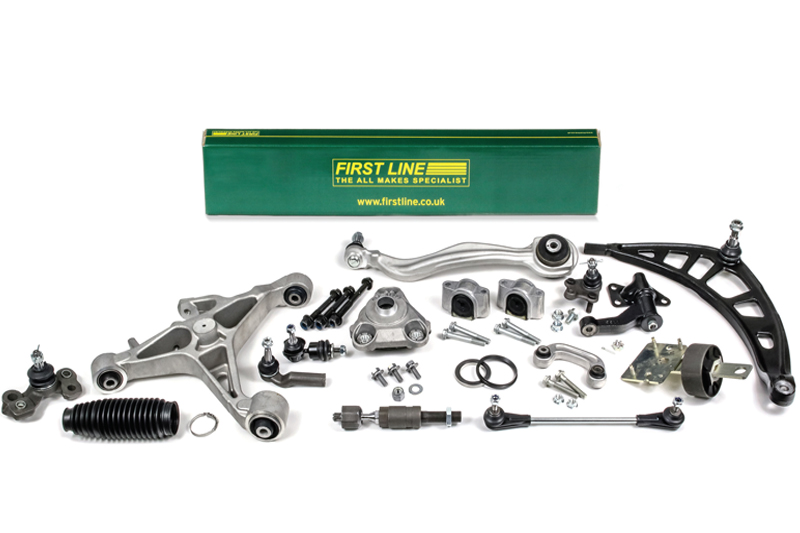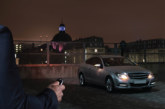
The technology implemented in steering and suspension components has changed substantially over the years. First Line’s Global Marketing Director, Jon Roughley, examines these changes.
Vehicle manufacturers are constantly driven by the need to reduce emissions and improve the efficiency of their models, as well as increasing the percentage of the car that can be recycled. To achieve this, they have developed vehicle aerodynamics, lowered rolling resistance, and have introduced a large scale programme of vehicle light-weighting. The combined effects of these changes have also improved the handling characteristics and performance of their products.
These alterations are most evident in steering and suspension components where, although the basic function may not have changed much over the years, advances in technology have seen a change in both the design and materials used.
Steering systems have evolved from traditional manual steering gear or hydraulic power assisted systems, to electrical power assisted steering (EPAS) systems. As the move towards lower emission vehicles continues, these EPAS systems offer weight-saving advantages over traditional hydraulic systems, helping to reduce the overall vehicle weight, and subsequently improve handling and efficiency.
Electric systems are also favoured by VMs, as the initial setup and ongoing development time is reduced. Unlike hydraulic power assisted systems, electric versions can be quickly and easily modified and tuned to specific vehicle requirements.
First Line is constantly reviewing and adding to its range, ensuring that its programme is up to date with all the latest technologies. For example, tie rod ends for the Renault Megane IV 2016, which follow the original equipment specification, are being manufactured from aluminium, again highlighting the importance of lightweight materials.
By reducing the weight of individual components, there has been an increase in the use of materials such as aluminium and composite plastics. Many multi-link suspension systems now incorporate aluminium control arms, and newer design suspension bushings, stabiliser links and top strut mountings now include composite plastics, instead of traditional metal components. This not only produces a lighter component, but also one that is easier to manufacture, and is less susceptible to wear and corrosion.
New developments
A specific example of this new component design is the hybrid link, a stabiliser link that comprises a steel bar with composite plastic ball joint housings. The new design can weigh up to 200g less than the original, and as the part is used on both sides of the vehicle, it decreases the vehicle’s weight by almost 0.5kg, making it easy to see why VMs are putting such an emphasis on new lightweight technology. This is highlighted by the fact that these new design links are fitted as standard on all BMW i3 models. To accommodate these changes, First Line is offering a range of 12 hybrid links, including the latest models, such as Vauxhall Insignia B 2017>.
With these new developments, it’s likely that technicians will start to see components that perform a function that they are familiar with, but look different in design, so it’s imperative that factors are informed of these changes in order to educate their customers on the potential differences of these components.
Another advance is that many vehicles are now fitted with ADAS (advanced driver assistance systems), which controls many safety functions, such as ESC, ABS and lane departure warning systems. Many manufacturers recommend that ADAS technology is tested and reset after mechanical alignment of the steering and suspension system.
Likewise, it’s particularly important with safety-critical steering and suspension items to understand that traditionally, it may have been possible to re-use a nut or bolt, but nowadays, as component designs change, so do the relevant fittings and fixings. Many are of a specific design and incorporate unique locking features, and most are single use, so it’s crucial that new fittings are used each time the relevant part is replaced.







